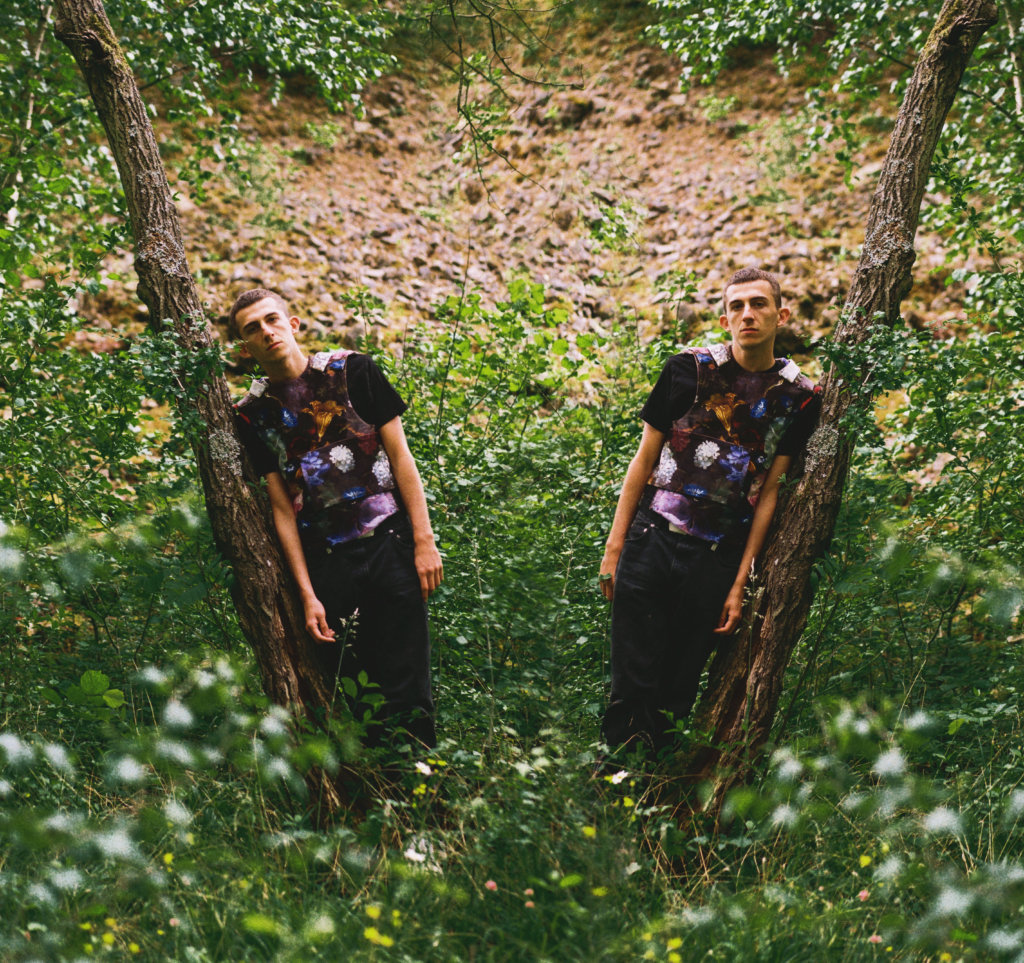A Discussion with Narcisse
FASHION’S NEW GENERATION: DISCUSSING EXCLUSIVITY, IDENTITY, AND SKATING
Interview by Aster Lambert Geeroms and Dounia Parton
Discover Brian Cuadrojas, an up-and-coming young fashion designer who is currently studying at the Royal Fashion Academy in Antwerp. In this interview, he shares more about the intersections of identity, exclusion, and skating and how these themes echo in his designs.

How did you get into fashion?
I began custom designing when I was 15 years old. Initially, my pieces were done for myself and friends. What began as a pastime rapidly became a passion and something I wanted to learn more about. As a self-taught artist, I wanted to hone my talents and push myself. I made the decision to begin studying fashion in Rotterdam. There, I perfected my skills and laid the groundwork for the development of my own vision. As a result, I created my first narcisse collection.
How did you end up in Antwerp? Did the Royal Academy help you develop your own brand identity?
Studying at the Royal Academy has always been a dream of mine. In terms of Narcisse’s identity, I’ve always had a clear thought and vision of my brand.The academy guided me through the facets of my own identity. We mostly work through guidance and assistance, nothing is really dictated, allowing room for complete creative freedom. Essentially, Antwerp helped me research and develop the elements of what composes my own designer identity but not Narcisse’s.
Why Narcisse?
My mother’s name is Narcissa. However, if I had to go into the underlying meaning of the name, it is essentially a reflection of my work as a designer. The main critic I’ve had to confront when developing, exploring, and designing is myself. My judgment and ultimately desire to find what I value are elements that I have to constantly work with, but also what I rely on. Since my beginnings in fashion have been mainly self-taught, the main critics remain the mirror and I.
Where does your inspiration come from?
My inspiration is strongly ingrained in my background and upbringing. I’ve always thought it was important, but also immensely rewarding, to infuse my culture into my art. Combining it with my passions and interests, such as skating and graffiti culture, is a gratifying challenge for me.
Are differentiation and exclusivity key values for your brand?
Both yes and no. They are both significant factors to consider, but I would not consider them to be the core principles of my brand. It is more of a worry that I have from time to time. Narcisse is aimed at a certain audience, and while I would like to think of it as a distinct vision, my primary focus is not fully focused on difference and exclusivity. It’s more about sharing what I enjoy, value, and want to share.
As is the trend of our generation and fashion, do you keep upcycling and ecological problems in mind when creating?
When I’m developing, my major focus is on my design. Nonetheless, I’ve always tried to be hands-on and focused on the authenticity of my handcrafted creations. I avoid mass manufacturing and ensure that my upcycled crafts are of great quality. Nowadays, upcycling and DIY culture have grown in popularity, which I believe is promising and hopeful for the future of fashion.
What is your opinion on fashion being accessible to all?
I have contrasting thoughts on the question of fashion accessibility. It all depends on what you’re dealing with and how you address it. For instance, I would like to think of Narcisse as an approachable brand because my major purpose has always been to make my works available to my friends. My rates are reasonable, and I’ve never felt the need to cash out and create in volume.However, when it comes to haute couture, for example, one may dispute about accessibility.
KUMO interviewed your skate collective almost two years ago. How do you try to link skateboarding and fashion in your work?
As you guys know, I am part of a skate collective called ‘Les Bougs de XL’ which is currently based in Brussels. The skate world and its fashion revolve around a very ‘DIY’ aesthetic which you can find in most of my designs. This need for individual expression and efficiency in skateboarding is something that I love to incorporate in my work. Recently, our collective released our first merchandise, which was a beanie that I designed. We sold limited editions of them, to skaters and non-skaters alike. Even though both the skating and fashion communities seem worlds apart, this is untrue. I love bridging both together.
At our KUMO event in Brussels, you offered patchwork to the audience. What a creative way to integrate fashion and nightlife. What was your inspiration for this idea and/or intended outcome?
When KUMO offered me to exhibit my creations at their event in Brussels, I immediately started thinking of a way to make this an interactive experience. I came up with the plan to propose a small patchwork to those interested – give me an article of clothing and I will embroider a small and unique patchwork on it, on the spot. I mainly wanted to bring the act of repurposing to light. Bring me what you are wearing or what you have, and I promise I can do anything with it. This is also something I have been doing for my friends for years, customizing their already-owned clothes in order to make an idiosyncratic Narcisse piece. Also, as long as I am not selling my current archives or collections, the least I can offer is to sell small fractions of my designs as patchwork.
As a young creator/designer in an increasingly competitive industry, why did you choose not to sell your creations?
Honestly, I haven’t been selling my pieces because currently, every single one is unique. I am working mostly for school, so producing several pieces of one design doesn’t even cross my mind. I don’t have the time yet to create such an enterprise and that is the only reason why I have not been selling. It is just a question of time, I think.
Can you let us in on any future projects that you have been working on?
One of my main priorities right now is exploring themes of displaced identities within fashion. As the 2nd generation of immigrants, I want to put my culture forward and show its beauty through my designs. For my next collection, I am creating a menswear line inspired by the vibrant Latin American salsa culture. I want to highlight the elements of my culture that haven’t been properly represented yet so that the audience can discover a whole new world and/or culture thanks to my designs. Last year I created a jacket inspired by the Peruvian divinity Ekeko. As a symbol of abundance and prosperity, I wanted to underline his importance in my culture and in the daily lives of immigrants.



